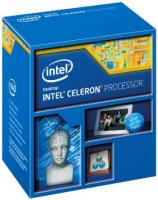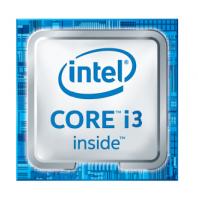| Processor family | Intel® Core™ i7 |
| Processor cores | 8 |
| Processor socket | LGA 1200 (Socket H5) |
| Processor lithography | 14 nm |
| Box | Y |
| Cooler included | Y |
| Processor manufacturer | Intel |
| Processor model | i7-10700 |
| Processor base frequency | 2.9 GHz |
| Processor operating modes | 64-bit |
| Processor generation | 10th gen Intel® Core™ i7 |
| Component for | PC |
| Processor threads | 16 |
| System bus rate | 8 GT/s |
| Processor boost frequency | 4.8 GHz |
| Processor cache | 16 MB |
| Processor cache type | Smart Cache |
| Thermal Design Power (TDP) | 65 W |
| Memory bandwidth supported by processor (max) | 45.8 GB/s |
| Processor codename | Comet Lake |
| Processor ARK ID | 199316 |
| Memory channels | Dual-channel |
| Maximum internal memory supported by processor | 128 GB |
| Memory types supported by processor | DDR4-SDRAM |
| Memory clock speeds supported by processor | 2933 MHz |
| ECC | N |
| On-board graphics card | Y |
| Discrete graphics card | N |
| On-board graphics card model | Intel® UHD Graphics 630 |
| Discrete graphics card model | Not available |
| Maximum on-board graphics card memory | 64 GB |
| On-board graphics card base frequency | 350 MHz |
| On-board graphics card dynamic frequency (max) | 1200 MHz |
| Number of displays supported (on-board graphics) | 3 |
| On-board graphics card 4K support | Y |
| On-board graphics card DirectX version | 12.0 |
| On-board graphics card OpenGL version | 4.5 |
| On-board graphics card maximum resolution (DisplayPort) | 4096 x 2304 pixels |
| On-board graphics card maximum resolution (eDP - Integrated Flat Panel) | 4096 x 2304 pixels |
| On-board graphics card maximum resolution (HDMI) | 4096 x 2160 pixels |
| On-board graphics card refresh rate at maximum resolution (DisplayPort) | 60 Hz |
| On-board graphics card refresh rate at maximum resolution (eDP - Integrated Flat Panel) | 60 Hz |
| On-board graphics card refresh rate at maximum resolution (HDMI) | 30 Hz |
| On-board graphics card ID | 0x9BC5 |
| Execute Disable Bit | Y |
| Idle States | Y |
| Thermal Monitoring Technologies | Y |
| Market segment | Desktop |
| Maximum number of PCI Express lanes | 16 |
| PCI Express slots version | 3.0 |
| PCI Express configurations | 1x16, 2x8, 1x8+2x4 |
| Supported instruction sets | SSE4.1, SSE4.2, AVX 2.0 |
| Scalability | 1S |
| CPU configuration (max) | 1 |
| Embedded options available | N |
| Thermal solution specification | PCG 2015C |
| PCI Express CEM revision | 3.0 |
| Export Control Classification Number (ECCN) | 5A992C |
| Commodity Classification Automated Tracking System (CCATS) | G077159 |
| Intel® Hyper Threading Technology (Intel® HT Technology) | Y |
| Intel® Identity Protection Technology (Intel® IPT) | Y |
| Intel® Turbo Boost Technology | 2.0 |
| Intel® Quick Sync Video Technology | Y |
| Intel® InTru™ 3D Technology | Y |
| Intel® Clear Video HD Technology (Intel® CVT HD) | Y |
| Intel® AES New Instructions (Intel® AES-NI) | Y |
| Enhanced Intel SpeedStep Technology | Y |
| Intel Trusted Execution Technology | Y |
| Intel® Thermal Velocity Boost | N |
| Intel® Turbo Boost Max Technology 3.0 frequency | 4.8 GHz |
| Intel® Turbo Boost Technology 2.0 frequency | 4.7 GHz |
| Intel® Transactional Synchronization Extensions | N |
| Intel VT-x with Extended Page Tables (EPT) | Y |
| Intel® Secure Key | Y |
| Intel Stable Image Platform Program (SIPP) | Y |
| Intel® OS Guard | Y |
| Intel Clear Video Technology | Y |
| Intel Software Guard Extensions (Intel SGX) | Y |
| Intel 64 | Y |
| Intel Virtualization Technology (VT-x) | Y |
| Intel Virtualization Technology for Directed I/O (VT-d) | Y |
| Intel Turbo Boost Max Technology 3.0 | Y |
| Intel® Optane™ Memory Ready | Y |
| Intel® Boot Guard | Y |
| Intel® vPro™ Platform Eligibility | Y |
| Tjunction | 100 °C |
| Product type | Processor |
| Supported memory types | DDR4-SDRAM |
| Maximum graphics card memory | 64 GB |
| Harmonized System (HS) code | 85423119 |
| Package type | Retail box |
| Processor package size | 37.5 x 37.5 mm |
| Maximum internal memory | 128 GB |
| Generation | 10th Generation |
| Target market | Gaming, Content Creation |
| Launch date | Q2'20 |
| Maximum resolution & refresh rate (DisplayPort) | 4096 x 2304@60Hz |
| Status | Launched |
| Maximum memory | 128 GB |
| Bus speed | 8 GT/s |
| Processor ID | 0x9BC5 |
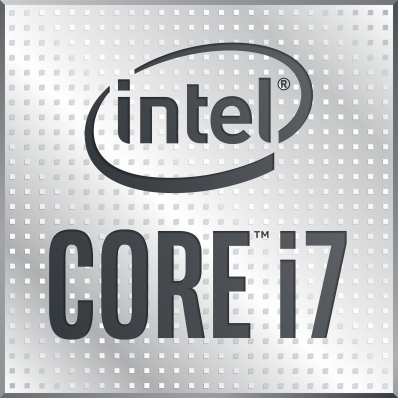


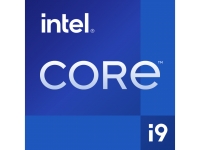

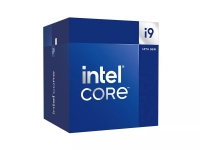
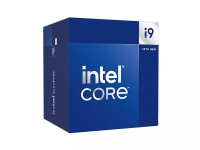
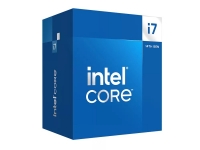
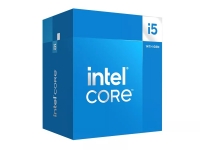
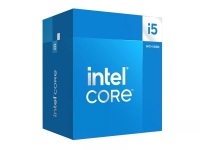
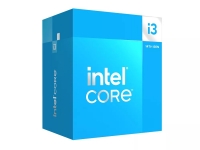
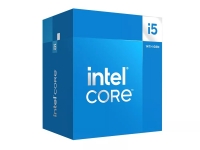
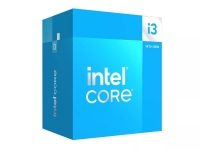
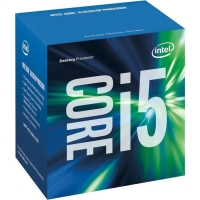
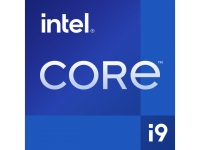
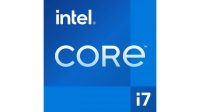
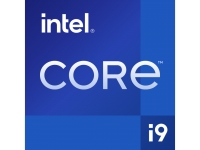
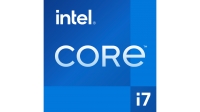
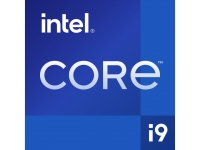
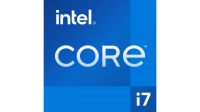
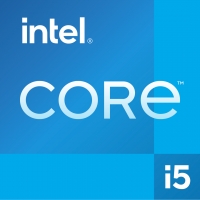

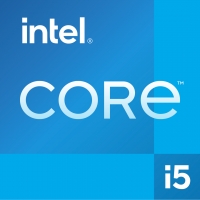
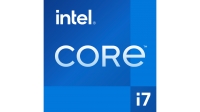
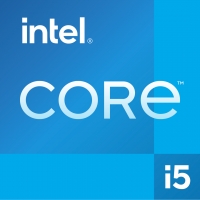

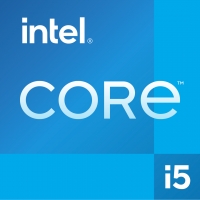

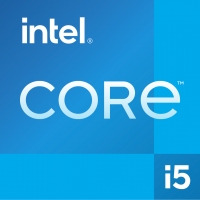
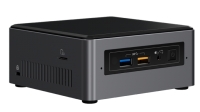
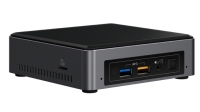
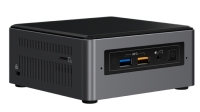
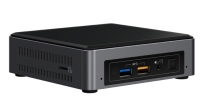
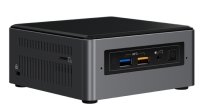
![BAREBONE INTEL® NUC6I5SYH [6.Gen.] BAREBONE INTEL® NUC6I5SYH [6.Gen.]](https://www.dcp.lv/56604-home_default/barebone-intel-nuc6i5syh-6gen.jpg)
![BAREBONE INTEL® NUC6I5SYK [6.Gen.] Small BAREBONE INTEL® NUC6I5SYK [6.Gen.] Small](https://www.dcp.lv/56602-home_default/barebone-intel-nuc6i5syk-6gen-small.jpg)
